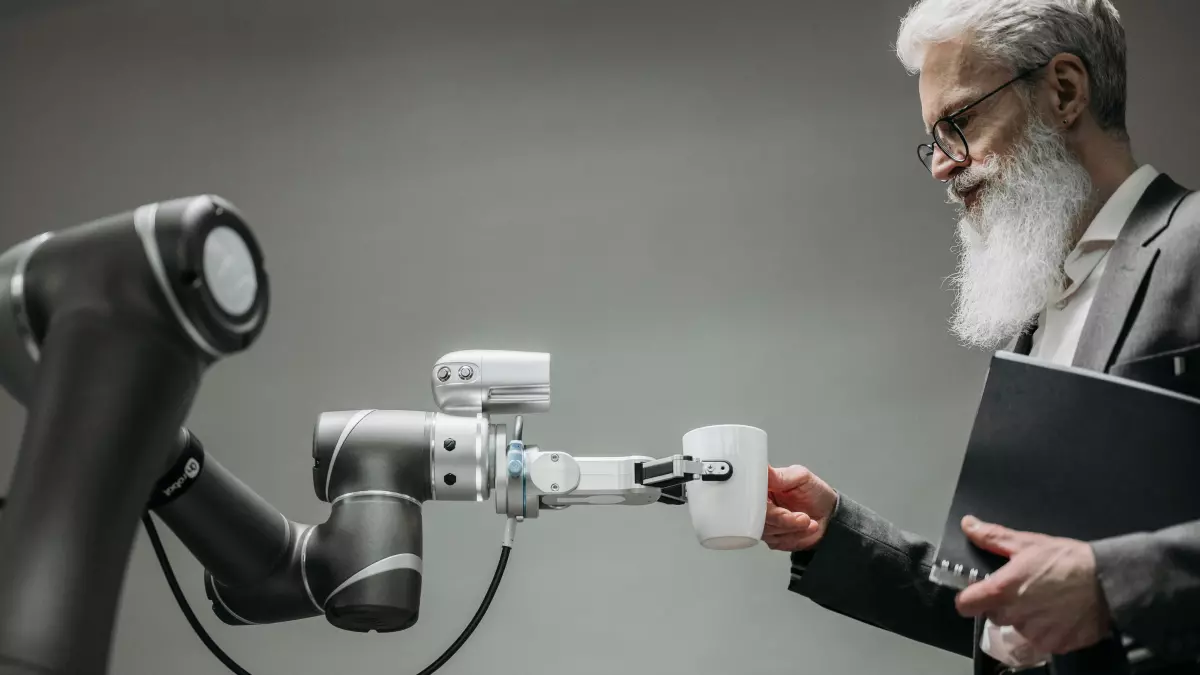Embedded Systems in Robotics
When we think of robots, we often picture sleek machines performing complex tasks. But what if I told you that the real magic lies in something much smaller, yet infinitely more essential? Embedded systems are the unsung heroes of robotics hardware design, and without them, your favorite robot would be nothing more than a glorified paperweight.

By Dylan Cooper
Embedded systems are the tiny, specialized computers that live inside robots, quietly doing the heavy lifting. They’re responsible for controlling everything from the robot’s sensors to its actuators, making sure that every movement is precise, every decision is calculated, and every action is executed with finesse. Without embedded systems, robots would be like humans without a nervous system—capable of thought but unable to act.
So, what exactly are embedded systems, and why are they so critical to robotics? Let’s break it down. An embedded system is a combination of hardware and software designed to perform a specific task. Unlike general-purpose computers, which can run a variety of programs, embedded systems are laser-focused on a single function. In the world of robotics, that function could be anything from controlling a motor to processing data from a sensor.
Hardware Meets Software
One of the most fascinating aspects of embedded systems is how they blend hardware and software into a seamless unit. The hardware side typically consists of microcontrollers or microprocessors, which are essentially the brains of the operation. These chips are designed to handle specific tasks with minimal power consumption, making them ideal for robots that need to operate efficiently over long periods.
On the software side, embedded systems run real-time operating systems (RTOS) or bare-metal code, which is software that interacts directly with the hardware. This allows for ultra-fast processing speeds and precise control, both of which are crucial in robotics. Imagine a robot arm assembling a car—every movement needs to be perfectly timed and executed, and that’s where the embedded system shines.
Real-Time Control
In robotics, timing is everything. Whether it’s a drone navigating through a forest or a humanoid robot walking across a room, every action needs to happen at the right moment. Embedded systems are designed for real-time control, meaning they can process inputs and outputs almost instantaneously. This is critical for tasks like obstacle avoidance, where a delay of even a few milliseconds could result in a crash.
Real-time control is achieved through the use of interrupts, which are signals that tell the embedded system to stop what it’s doing and handle a more urgent task. For example, if a robot’s sensor detects an obstacle, an interrupt will trigger the embedded system to stop the robot’s movement and calculate a new path. This ability to react in real-time is what makes robots so agile and responsive.
Energy Efficiency
Another key advantage of embedded systems in robotics is their energy efficiency. Robots, especially autonomous ones, often need to operate for extended periods without recharging. Embedded systems are designed to be low-power, meaning they can perform complex tasks without draining the robot’s battery. This is particularly important for mobile robots like drones or autonomous vehicles, where every watt of energy counts.
By optimizing both hardware and software, embedded systems ensure that robots can perform their tasks without wasting energy. This efficiency is not just about extending battery life; it also reduces heat generation, which can be a big issue in compact robots where overheating could damage sensitive components.
Scalability and Flexibility
One of the coolest things about embedded systems is their scalability. Whether you’re building a tiny robot for a science project or a massive industrial robot for a factory, embedded systems can be tailored to fit the specific needs of your design. This flexibility makes them an essential part of modern robotics hardware design.
For example, a simple embedded system might control a single motor in a robot arm, while a more complex system could manage multiple sensors, actuators, and communication modules. The ability to scale up or down depending on the robot’s requirements makes embedded systems incredibly versatile.
Conclusion: The Heart of Robotics
So, the next time you marvel at a robot’s ability to perform intricate tasks, remember that it’s not just the AI or the fancy sensors that make it all possible. Embedded systems are the true unsung heroes, quietly working behind the scenes to ensure that every movement is precise, every decision is calculated, and every action is executed flawlessly.
In a world where robots are becoming more autonomous and capable, embedded systems will continue to play a crucial role in shaping the future of robotics. They may not get the spotlight, but without them, robots would be little more than mechanical shells.





